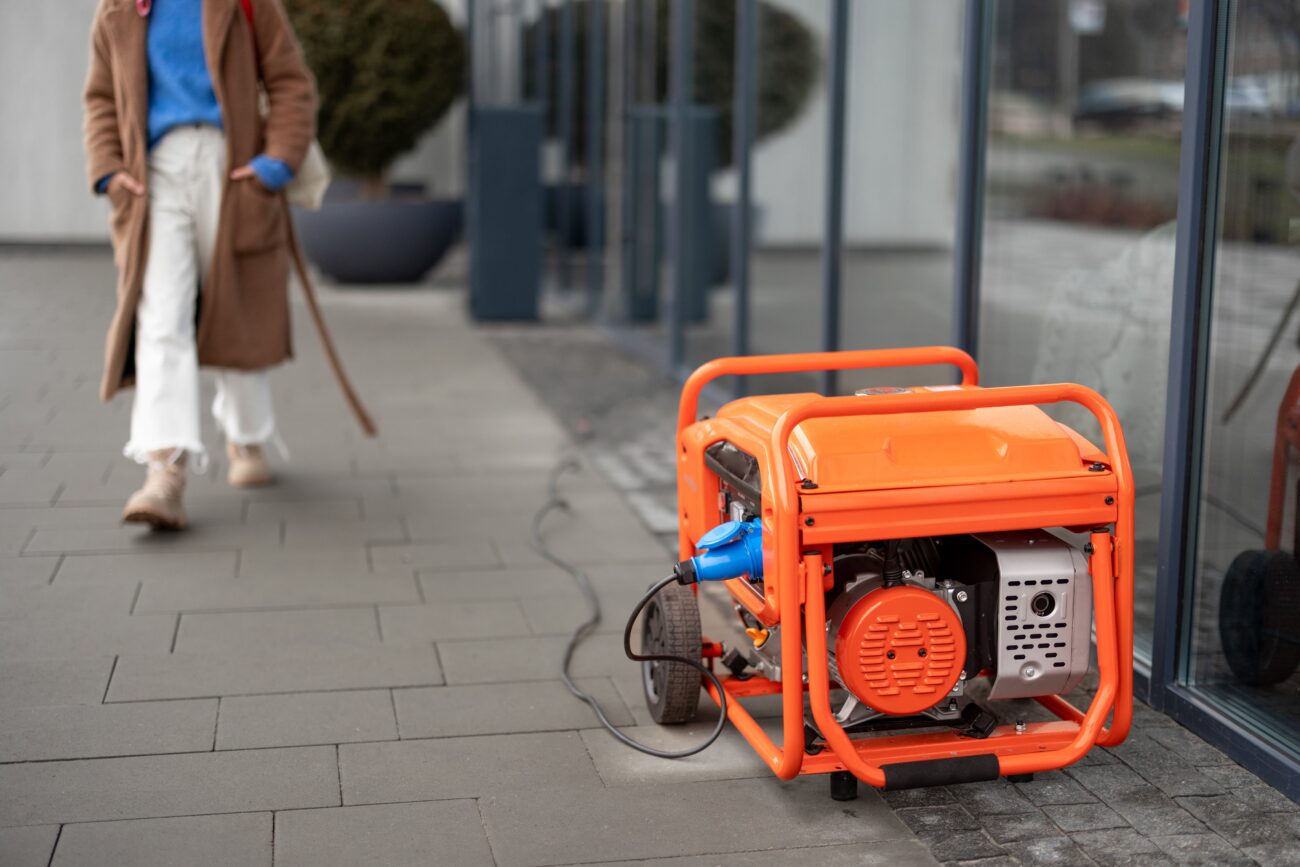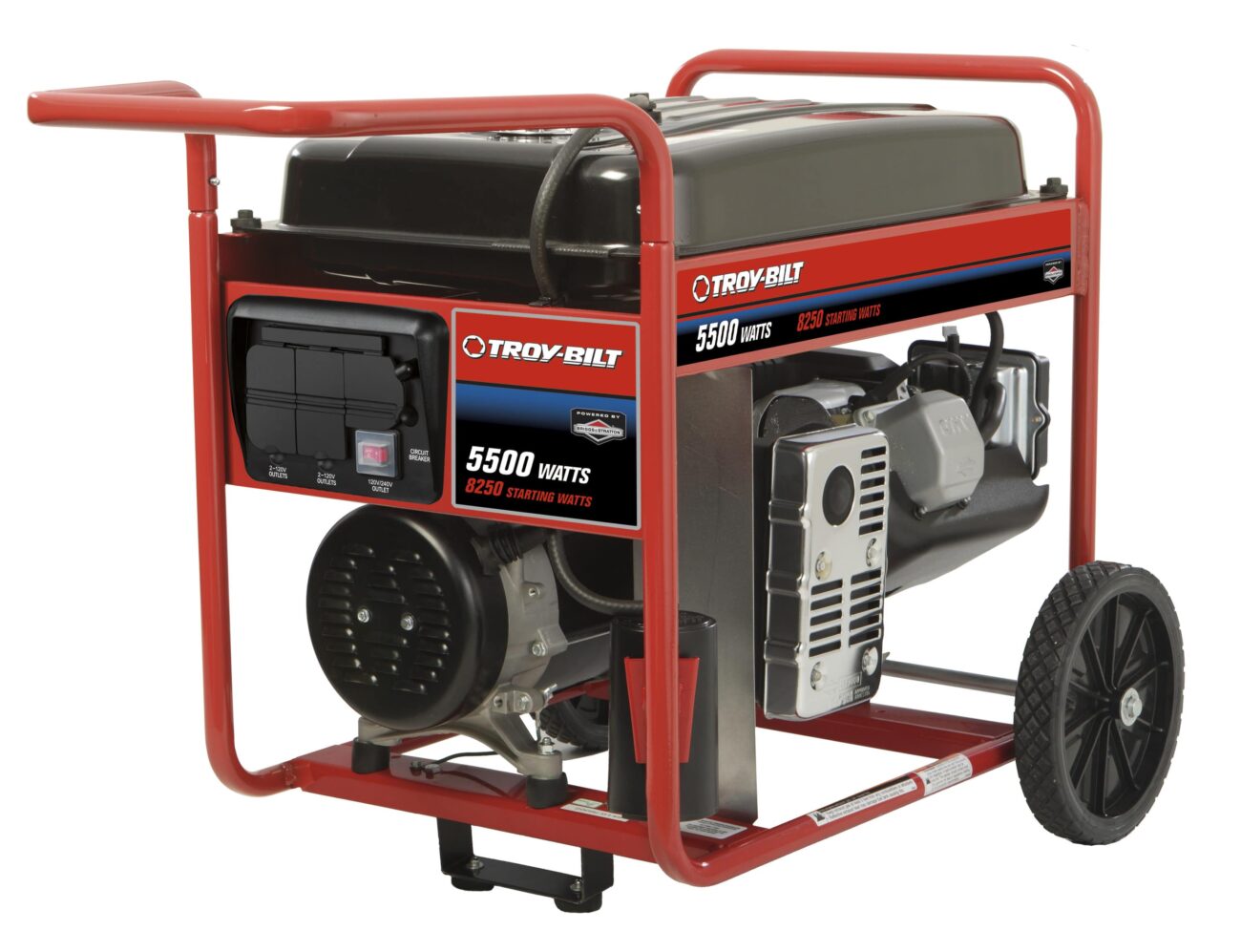INSTALLING A 30KW GENERATOR: WHAT YOU NEED TO KNOW
Are you considering installing a 30kW generator for your home or business? You’ve come to the right place! In this comprehensive guide, we’ll walk you through everything you need to know about installing a 30kW generator, from initial planning to final setup and maintenance. Whether you’re preparing for power outages, ensuring a consistent energy supply for your operations, or looking for a reliable solution for construction, we’ve got you covered.
Understanding 30kW Generators: The Basics
Before we dive into the installation process, let’s take a moment to understand what a 30kW generator is and why it might be the right choice for your needs.
What is a 30kW Diesel Generator?
A 30kW generator is a powerful electrical system capable of producing 30 kilowatts of electricity. To put this into perspective, that’s enough power to run a medium-sized home or small business during an outage. These generators are typically fueled by natural gas, propane, or diesel, with a diesel generator being particularly noted for its reliability and efficiency, providing a reliable source of backup power when you need it most.
Why Choose a 30kW Generator?
There are several reasons why a 30kW generator might be the perfect fit for your power needs:
- Adequate Power Supply: For most medium-sized homes or small businesses, 30kW provides ample power to keep essential systems running during an outage.
- Versatility: These generators can handle a wide range of appliances and equipment, from refrigerators and air conditioners to computers and medical devices.
- Cost-Effective: While not the cheapest option, 30kW generators offer a good balance between power output and cost, making them a popular choice for many property owners.
- Reliability: With proper maintenance, a 30kW generator can provide years of dependable service, giving you peace of mind during power disruptions.
Planning Your 30kW Generator Installation
Now that we understand the basics, let’s move on to the planning phase of your generator installation. Proper planning is crucial for a smooth and successful installation process.
Assessing Your Power Needs
Before you commit to a 30kW generator, it’s essential to accurately assess your power requirements. Here’s how:
- List all the appliances and systems you want to power during an outage.
- Calculate the starting and running wattage for each item.
- Consider any future power needs you might have.
- Consult with a professional to ensure your calculations are accurate.
Additionally, consider the generator’s performance at different load levels, such as 50% load, to ensure it meets your power needs.
Remember, it’s better to have slightly more power than you need rather than not enough. A 30kW generator might be perfect, but it’s worth confirming with an expert.
Choosing the Right Location
Selecting the ideal location for your generator is crucial for both safety and efficiency. Consider the following factors:
- Distance from your home or building (typically at least 5 feet away)
- Proximity to fuel sources (for natural gas or propane models)
- Ensuring the generator’s compatibility with your electrical system, whether it operates in single-phase or three-phase
- Local zoning laws and regulations
- Noise considerations for you and your neighbours
- Accessibility for maintenance and refuelling
Obtaining Necessary Permits
Before you start the installation process, you’ll need to obtain the proper permits from your local authorities. This typically involves:
- Contacting your local building department
- Submitting detailed plans of your installation
- Scheduling inspections at various stages of the installation
- Ensuring compliance with local noise ordinances
Don’t skip this step! Failing to obtain the necessary permits can result in fines and may even require you to remove the generator.
Preparing for Installation
With your planning complete, it’s time to prepare for the actual installation of your 30kW generator.
Gathering Essential Equipment
To install your generator, you’ll need various tools and equipment. While the exact list may vary depending on your specific situation, here are some common items you’ll likely need:
- Concrete form and materials for the generator pad
- Transfer switch
- Electrical conduit and wiring
- Fuel line (for gas or propane models)
- Safety equipment (gloves, goggles, etc.)
- Various hand tools (wrenches, screwdrivers, wire strippers, etc.)
- Emergency stop: A critical safety feature to ensure built-in protection from high engine or oil temperature, low oil pressure, and over-crank/over-speed conditions with engine shutdown to prevent damage and issue alerts for maintenance
Site Preparation
Before the generator arrives, you’ll need to prepare the installation site:
- Clear the area of any debris or obstacles.
- Level the ground where the generator will sit.
- Install the concrete pad according to manufacturer specifications.
- Ensure proper drainage to prevent water accumulation around the generator.
Coordinating with Professionals
While some handy homeowners might be tempted to tackle the installation themselves, we strongly recommend working with professionals. You’ll likely need to coordinate with:
- A licensed electrician
- A plumber or gas fitter (for fuel line installation)
- The generator manufacturer or authorized dealer
- Local inspection officials
Working with professionals ensures that your installation is safe, efficient, and compliant with all relevant codes and regulations.
The Installation Process
Now that we’ve laid the groundwork, let’s walk through the actual installation process for your 30kW generator.
Step 1: Placing the Generator
The first step is to carefully position the generator on the prepared concrete pad. This typically involves:
- Using a forklift or crane to move the generator into place
- Ensuring the generator is level and properly aligned
- Securing the generator to the pad according to the manufacturer’s instructions
Step 2: Installing the Transfer Switch
The transfer switch is a critical component that safely connects your generator to your electrical system. Installation typically involves:
- Mounting the transfer switch near your main electrical panel
- Connecting the switch to your electrical panel
- Wiring the switch to the generator
This step requires precise electrical work and should be handled by a licensed electrician.
Step 3: Fuel Line Installation
For natural gas or propane generators, you’ll need to install a fuel line. This process includes:
- Running the appropriate size pipe from your fuel source to the generator
- Installing shut-off valves and regulators as required
- Testing the line for leaks
Remember, working with gas lines can be dangerous. Always rely on a licensed professional for this step.
Step 4: Electrical Connections
With the transfer switch in place, it’s time to make the final electrical connections:
- Running conduit from the generator to the transfer switch
- Installing the proper gauge wiring through the conduit
- Making all necessary connections at both the generator and transfer switch
Ensure proper connections to the generator’s engine, including any specific engine features or specifications.
Again, this step should be performed by a licensed electrician to ensure safety and compliance with electrical codes.
Step 5: Testing and Commissioning
Once all connections are made, it’s time to test your new 30kW generator:
- Perform an initial startup according to manufacturer instructions
- Test all automatic functions, including power transfer
- Verify that all connected appliances and systems are functioning properly
- Make any necessary adjustments to settings or connections
Post-Installation Considerations
Congratulations! Your 30kW generator is installed and operational. However, there are still a few things to consider to ensure long-term reliability and efficiency.
Maintenance Requirements
Regular maintenance is crucial for keeping your generator in top condition. This typically includes:
- Regular oil changes
- Air filter replacements
- Spark plug inspections and replacements
- Coolant level checks
- Battery maintenance
Consult your owner’s manual for a detailed maintenance schedule and consider setting up a service contract with a professional technician.
Safety Precautions
While modern generators are designed with safety in mind, it’s important to follow these precautions:
- Never operate the generator in an enclosed space due to carbon monoxide risk.
- Keep the area around the generator clear of debris and flammable materials.
- Never attempt to refuel the generator while it’s running.
- Regularly inspect fuel lines and connections for leaks.
- Keep children and pets away from the generator when it’s operating.
- Monitor for over-speed conditions and ensure the engine shuts down to prevent damage.
Understanding Your Warranty
Take the time to read and understand your generator’s warranty. This typically covers:
- Parts and labour for a specified period
- Limitations and exclusions
- Requirements for maintaining warranty coverage
Be sure to follow all manufacturer recommendations to keep your warranty valid.
Maximizing the Benefits of Your 30kW Generator
Now that your generator is up and running, let’s explore how to get the most out of your investment.
Energy Efficiency Tips
To maximize the runtime of your generator during an outage:
- Use energy-efficient appliances and LED lighting.
- Avoid running multiple high-draw appliances simultaneously.
- Maintain proper insulation in your home or business.
- Consider using a programmable thermostat to optimize heating and cooling.
- Ensure you have a reliable generator, like the Generac 30kW Generator, to restore power during a power outage. This generator starts seconds after an outage and provides continuous power for essential functions such as refrigeration, heating and cooling, office equipment, pumps, and lighting. The integrated 132-gallon Tank allows up to 96 hours of continuous power.
Integrating with Renewable Energy Systems
If you’re interested in green energy, consider integrating your generator with renewable systems:
- Solar panels can charge batteries during the day, reducing generator runtime.
- Wind turbines can provide additional power in windy conditions.
- A well-designed hybrid system can significantly reduce fuel consumption and emissions.
Smart Home Integration
Modern 30kW generators often come with smart features that can be integrated into your home automation system:
- Remote monitoring and control via smartphone apps
- Automatic adjustment of home systems during generator operation
- Integration with smart thermostats for optimal energy use
Troubleshooting Common Issues
Even with proper installation and maintenance, you may encounter some issues with your 30kW generator. Here are some common problems and solutions:
Generator Fails to Start
If your generator doesn’t start when needed:
- Check the fuel supply and ensure valves are open.
- Inspect the battery and connections.
- Verify that the oil level is correct.
- Check for any error codes on the control panel.
Inconsistent Power Output
If you notice fluctuations in power:
- Check for loose connections in the electrical system.
- Ensure the generator is not overloaded.
- Verify that the fuel supply is consistent and adequate.
- Consider having a professional inspect the voltage regulator.
Excessive Noise
While all generators produce some noise, excessive noise may indicate a problem:
- Check for loose components or debris in the enclosure.
- Ensure the generator is level and properly mounted.
- Verify that all sound-dampening features are intact and functional.
- Consider adding additional sound barriers if noise is a persistent issue.
Environmental Considerations
As responsible property owners, it’s important to consider the environmental impact of our 30kW generator.
Emissions and Air Quality
Modern generators are designed to minimize emissions, but they still have an environmental impact:
- Choose a generator that meets or exceeds EPA emissions standards.
- Consider using biodiesel or other alternative fuels where possible.
- Regularly maintain your generator to ensure it operates at peak efficiency.
Noise Pollution
While we’ve touched on noise earlier, it’s worth emphasizing the importance of minimizing noise pollution:
- Choose a generator with advanced sound-dampening features.
- Install sound barriers or enclosures if needed.
- Be considerate of neighbours when testing or running your generator.
Fuel Storage and Spill Prevention
Proper fuel storage and handling are crucial for environmental protection:
- Store fuel in approved containers in a cool, dry place.
- Use secondary containment for fuel tanks to prevent spills.
- Have a spill kit on hand and know how to use it.
- Dispose of used oil and filters properly according to local regulations.
Future-Proofing Your Power Solution
As technology advances and energy needs evolve, it’s worth considering how to future-proof your power solution.
Scalability
While a 30kW generator might meet your needs now, consider future expansion:
- Choose a model that allows for parallel operation with additional generators.
- Ensure your electrical system can accommodate increased power needs.
- Consider a modular system that can be easily upgraded.
Emerging Technologies
Keep an eye on emerging technologies that could enhance your power solution:
- Advanced battery storage systems
- Fuel cell technology
- Micro-grid solutions for communities
Regulatory Changes
Stay informed about potential regulatory changes that could affect generator use:
- Emissions standards
- Noise regulations
- Fuel efficiency requirements
By staying ahead of these trends, you can ensure your power solution remains effective and compliant for years to come.
Kết thúc
Installing a 30kW generator is a significant investment in your property’s resilience and functionality. By carefully planning, working with professionals, and following best practices for installation and maintenance, you can ensure a reliable power supply for years to come. Remember, the key to a successful generator installation lies in thorough preparation, attention to detail, and ongoing care.
If you’re ready to take the next step in securing your power supply, look no further than A&A Genpro, Inc. As a premier Cummins Generator Dealer in Houston, we offer a wide range of industrial and commercial generators to meet your specific needs. Our team of experts can guide you through every step of the process, from selection to installation and beyond. Don’t let power outages disrupt your life or business – contact A&A Genpro, Inc. today and take control of your energy future!
Frequently Asked Questions (FAQs)
-
How long does it typically take to install a 30kW generator?
The installation process usually takes 2-3 days, depending on the complexity of your electrical system and any site preparation needed.
-
Can I install a 30kW generator myself?
While it’s possible for skilled individuals to handle some aspects of the installation, we strongly recommend professional installation to ensure safety, efficiency, and compliance with local codes.
-
How often should I test my 30kW generator?
It’s recommended to test your generator weekly for about 30 minutes to ensure it’s ready when you need it.
-
What type of fuel is best for a 30kW generator?
The best fuel type depends on your specific situation. Natural gas is convenient but may not be available during some emergencies. Propane and diesel offer good storage options but require refuelling.
-
How long can a 30kW generator run continuously?
With proper maintenance and fuel supply, a 30kW generator can run continuously for several days or even weeks. However, it’s important to follow manufacturer guidelines for continuous operation.






